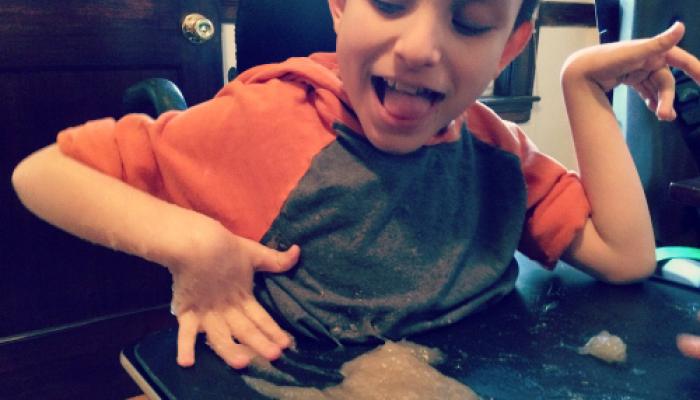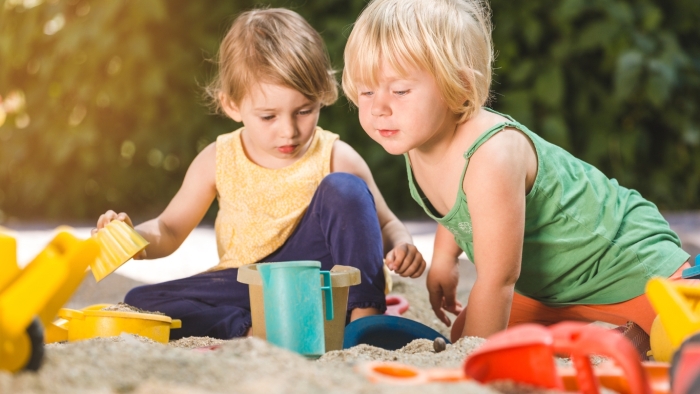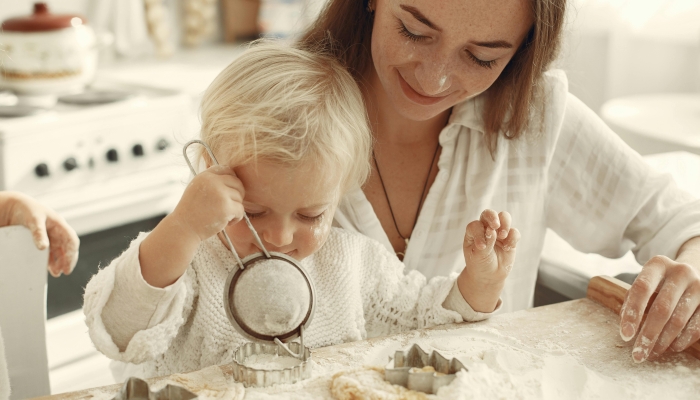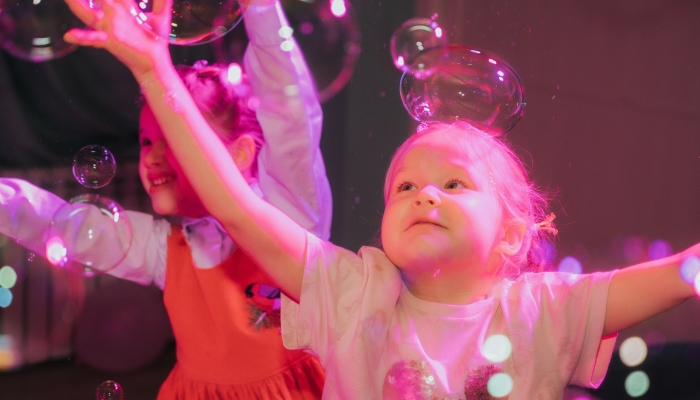Make Your Own Nontoxic Slime!

We recently had a great time with a fun (albeit very icky, gooey, messy) after-school activity.
I’ll be honest here… Ivan enjoyed this much more than his mommy did. But we all have to sacrifice a little when parenting, right?
Yep, we made homemade SLIME!
It’s a nontoxic recipe, which means it’s totally safe for little munchers to put in their mouths, although I wouldn’t recommend consuming large quantities of the stuff (yuck)! And it’s incredibly easy to make.
The resulting “slime” is sticky and squishy. It has a consistency similar to rubber cement. It does stick to your hands (and clothes, and hair, and… and…) but also washes off really easily. Let’s call this a pre-bath activity!
We did not color our slime (Ivan has no vision so I didn’t play with colors), but you can add a few drops of food coloring to the recipe to create different colors. And your slime would be prettier if it were red or purple rather than a simple snot color.
Anyway, enough of that. Here’s the recipe….
What You’ll Need:
- 1 Tb Metamucil or any other fiber supplement containing psyllium fiber (the psyllium is a must)
- 1 cup of water
- food coloring (optional)
Wait… did I forget something? Nope! That’s it!
Mix your psyllium fiber and water in a big bowl and place in the microwave for 5 minutes, stirring after each minute or two.
Let cool and you’re ready to play!
You can experiment with different amounts of water and fiber or cooking longer or shorter periods of time to see what kinds of textures you can come up with. Adding food coloring would also be fun for children with vision.
And don’t forget that bath when you’re done!

Related Posts

Sensory Activities
5 Sand Play Activities to Encourage Fine Motor Development
Sensory bin, at the beach, or in a sandpit? Try these sand play activities to help toddlers and preschoolers develop their fine motor skills.

Sensory Activities
5 Edible Sensory Play Ideas
Check out our favorite edible sensory play activities to engage children's senses, boost their development, and provide hours of fun.

Sensory Activities
How to Make Unpoppable Bubbles
Discover the secret to making unpoppable bubbles with this easy guide. You only need three ingredients!